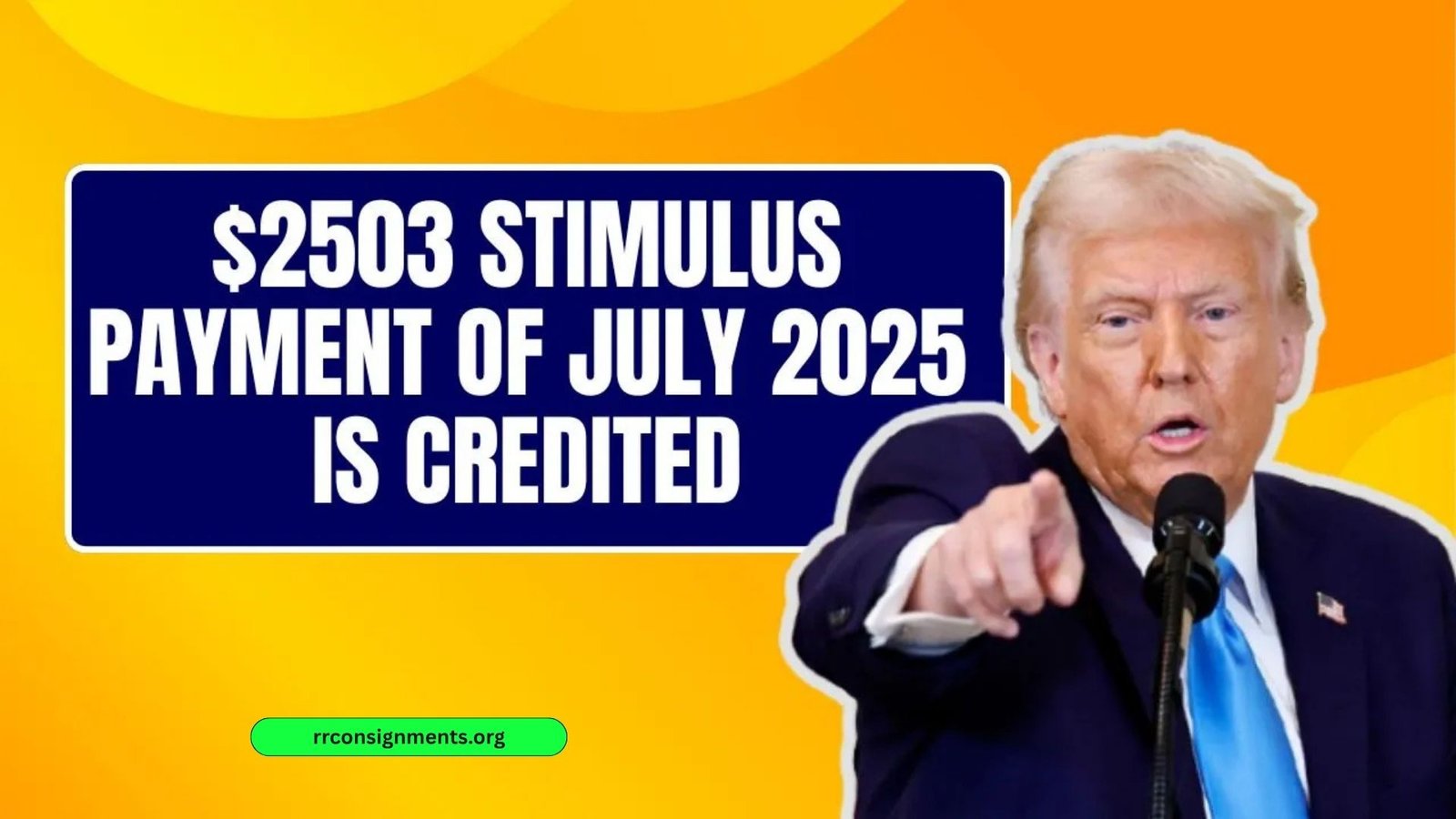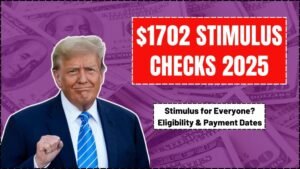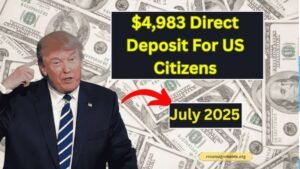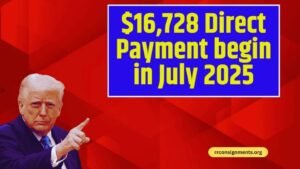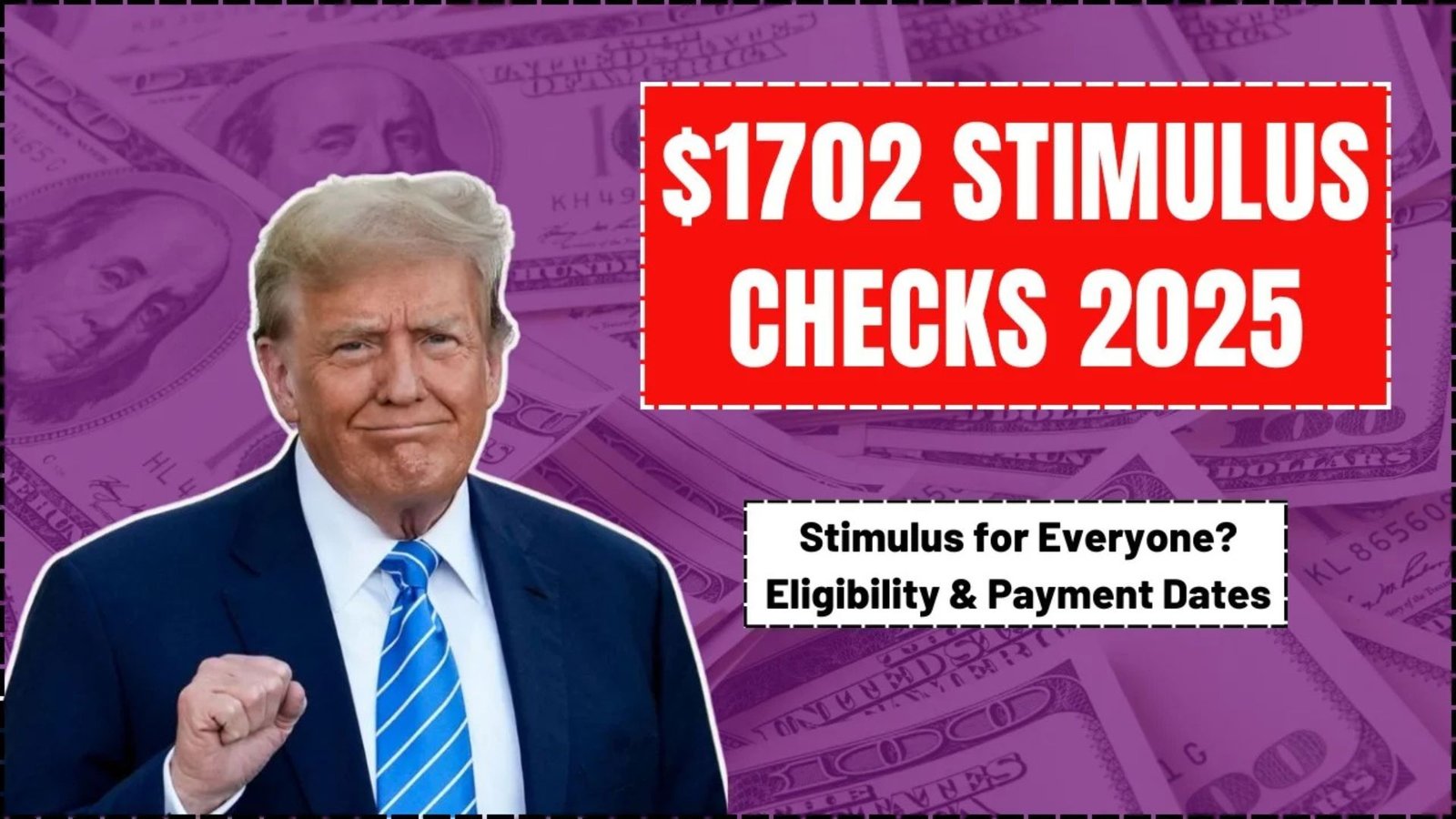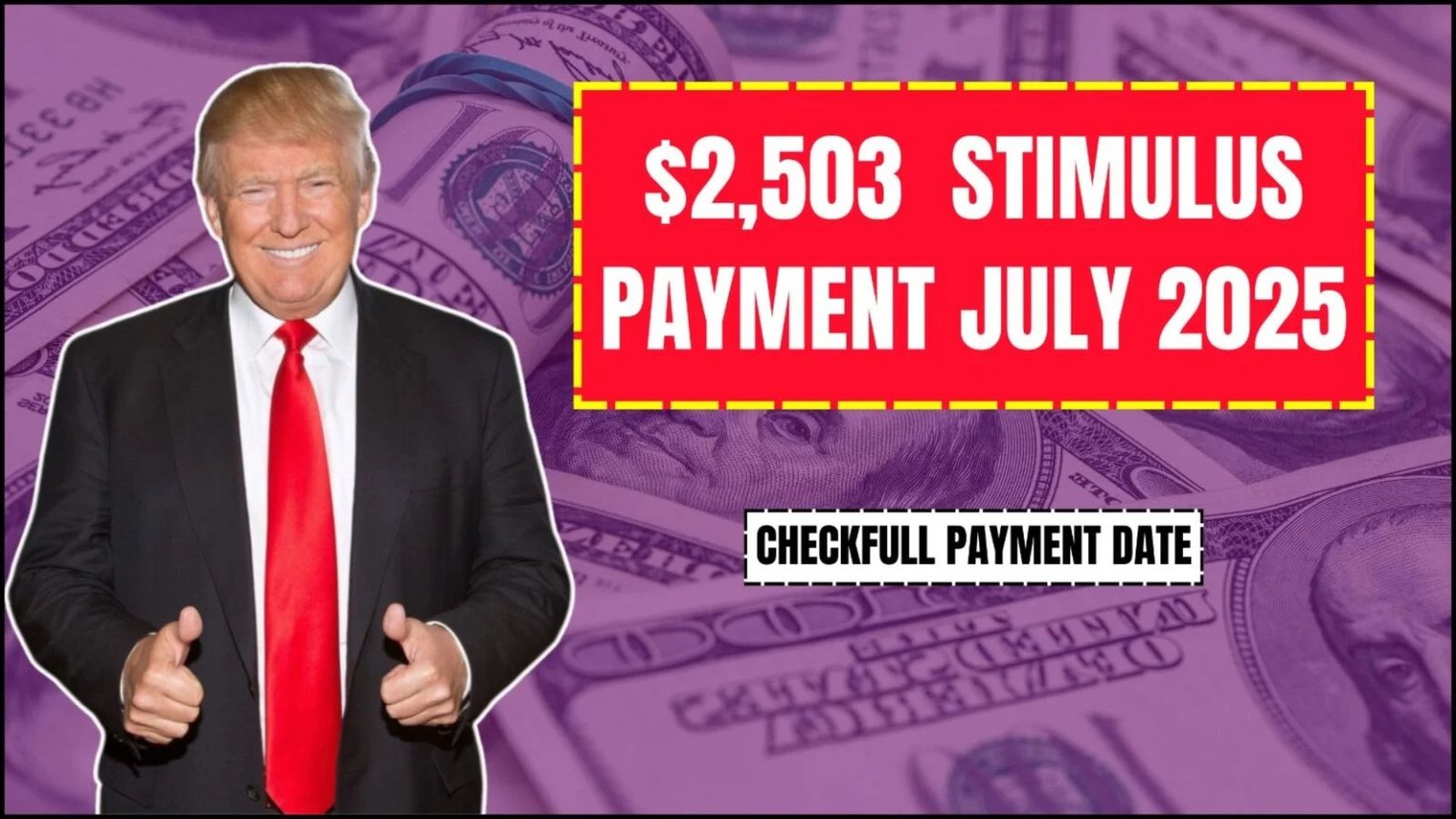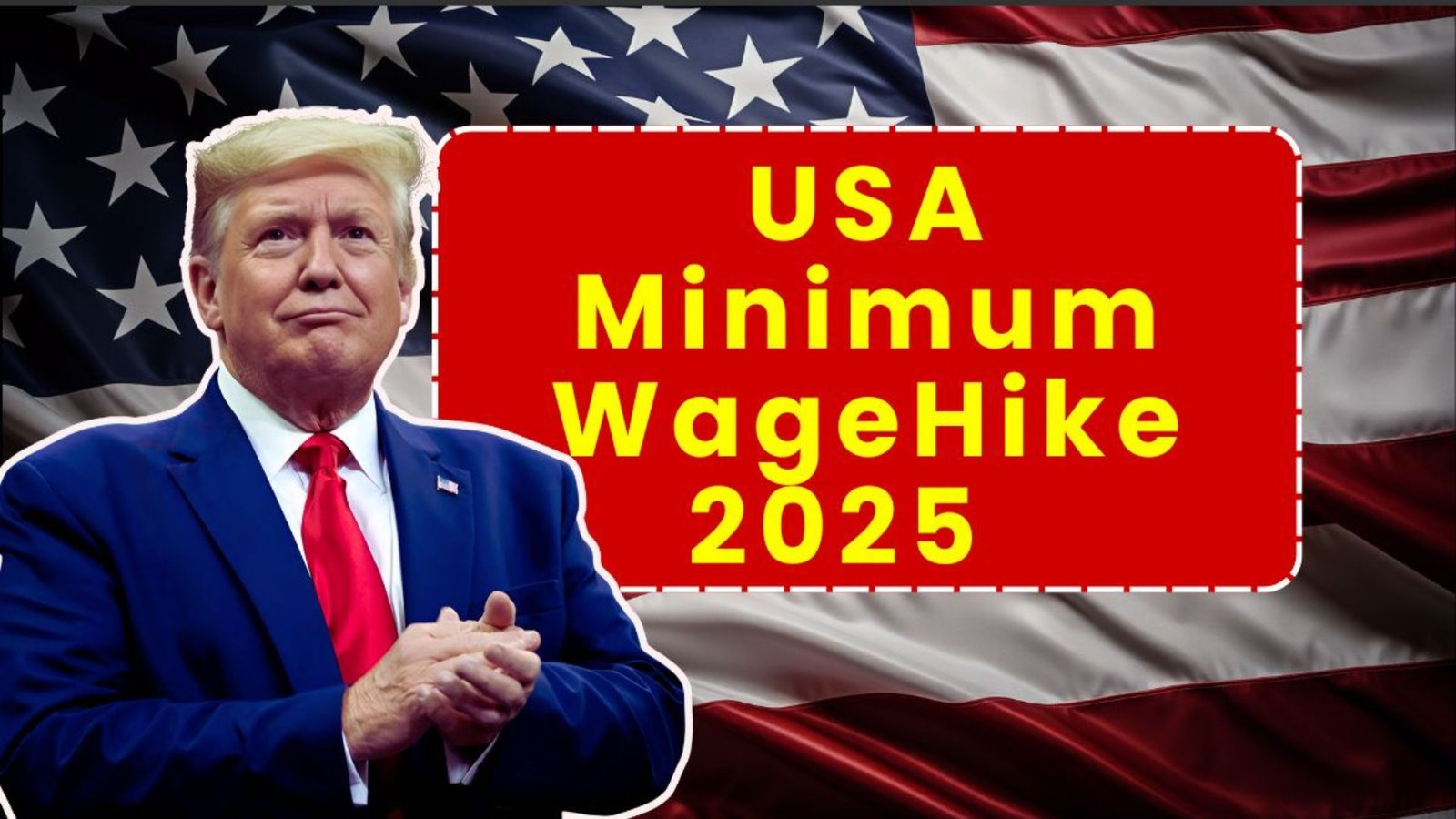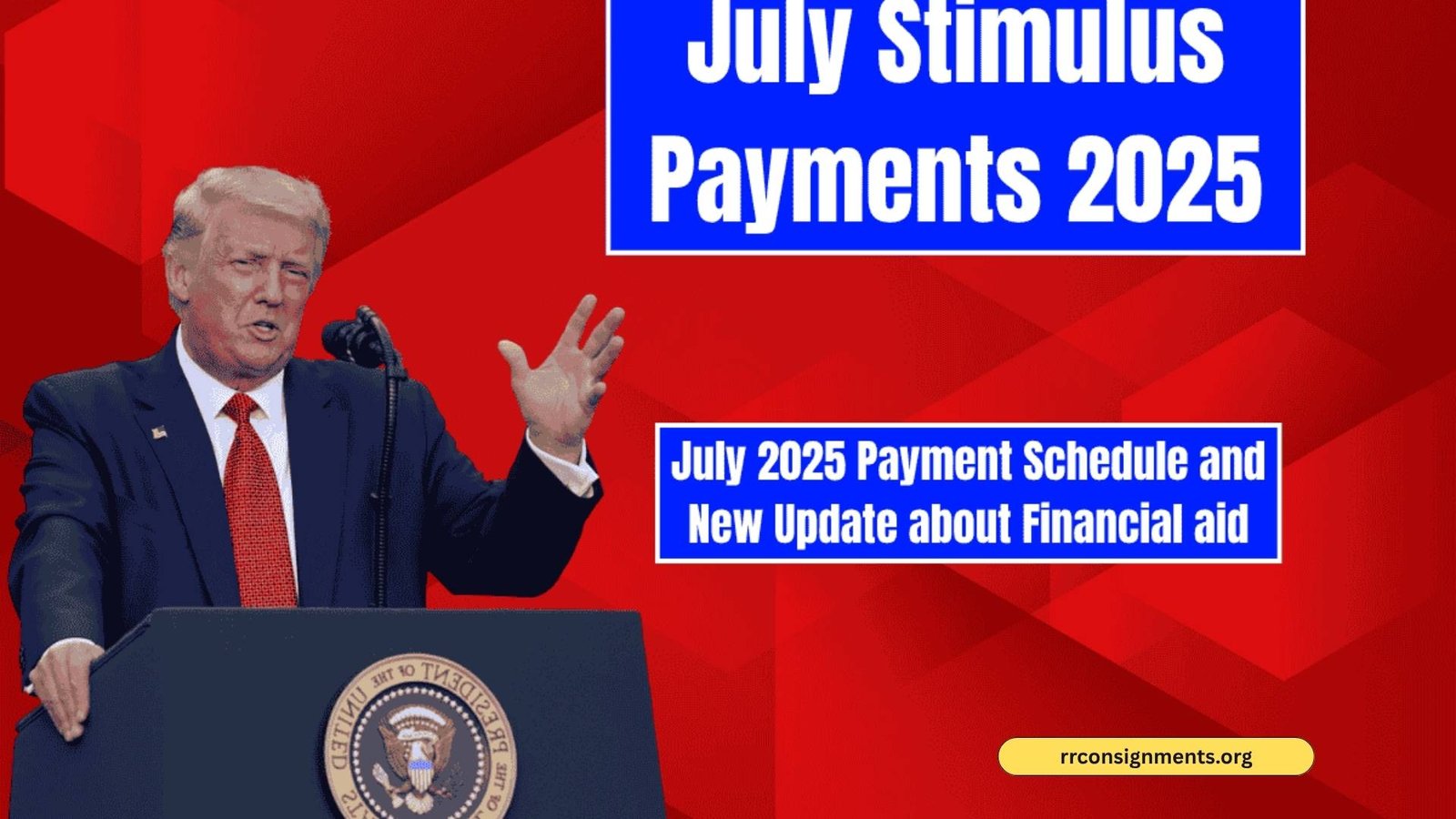The buzz about a $2,503 stimulus payment in July 2025 has taken social media by storm. Posts claim that millions will receive this direct deposit as part of a new federal relief program. But here’s the catch: no official U.S. government announcement supports this. The rumor seems to stem from misinterpretations of existing programs or outright scams. Let’s dive deeper to separate fact from fiction.
The Hype and the Mystery
The idea of a stimulus check always grabs attention, especially in tough economic times. With inflation and rising costs, a $2,503 payout could cover rent, groceries, or debts. But why this specific amount? And who’s behind it? The lack of clear answers fuels intrigue, making this a topic worth exploring.
The History of Stimulus Payments
Stimulus payments became a household term during the COVID-19 pandemic. The U.S. government issued three rounds of Economic Impact Payments (2020–2021), delivering up to $1,200, $600, and $1,400 per person. These aimed to ease financial strain for millions. States like California and Alaska also rolled out their own relief programs, such as Alaska’s Permanent Fund Dividend (PFD).
Why $2,503 Sounds Familiar
The $2,503 figure might be a mashup of real programs, like Alaska’s $1,702 PFD or unclaimed Recovery Rebate Credits. Scammers often use believable numbers to lure victims. Unlike verified payments, this July 2025 stimulus lacks legislative backing, raising red flags.
Why the $2,503 Stimulus Rumor Matters Today
In 2025, inflation and uneven economic recovery keep financial relief in the spotlight. Rumors like this thrive because people are desperate for aid. Understanding the truth protects you from scams and helps you focus on real government aid opportunities, like tax credits or state rebates.
The Risk of Falling for Scams
Scammers exploit hope, using fake stimulus check promises to steal personal data. The IRS never requests sensitive info via text or email. Knowing the facts empowers you to spot fraud and seek legitimate economic support.
How to Engage With or Benefit From Real Relief Programs
Don’t chase the $2,503 myth—focus on verified financial aid. Here’s how to stay proactive:
- Check IRS Portals: Visit IRS.gov to track unclaimed Recovery Rebate Credits from 2021. The deadline was April 15, 2025, but late filers may still qualify.
- Explore State Programs: States like California offer $725 monthly payments to low-income families. Check your state’s revenue website.
- Update Banking Info: Ensure your details are current with the IRS for faster direct deposits.
- Avoid Scams: Never share personal info with unverified sources promising stimulus payments.
Table 1: Real vs. Rumored Stimulus Payments (2025)
| Program | Amount | Status | Source |
|---|---|---|---|
| $2,503 Stimulus (Rumor) | $2,503 | Unconfirmed | Social Media |
| Alaska PFD | $1,702 | Confirmed | Alaska Dept. of Revenue |
| California Family First | $725/month | Active (select areas) | Sacramento County |
| Recovery Rebate Credit | Up to $1,400 | Deadline Passed | IRS.gov |
Notable Facts About Stimulus Payments
- Pandemic Impact: U.S. stimulus checks (2020–2021) injected $3.4 trillion into the economy but may have fueled inflation.
- Alaska’s PFD: In 2025, Alaska’s $1,702 dividend supports over 600,000 residents, funded by oil revenue.
- Scam Surge: Fake stimulus payment sites have cost victims millions. Always verify with IRS.gov.
- State Relief: California, Oregon, and Minnesota offer rebates ($200–$1,000) based on income and family size.
Table 2: Common Stimulus Scams vs. Legitimate Programs
| Feature | Scam | Legitimate Program |
|---|---|---|
| Contact Method | Texts, emails, or calls | Official IRS or state websites |
| Payment Request | Asks for “processing fees” | Never requires payment |
| Source Verification | Unverified websites or social media | IRS.gov, mygov.in, or state portals |
| Eligibility Clarity | Vague or “everyone qualifies” | Clear income or residency criteria |
Expert Tips to Stay Safe and Informed
- Verify Sources: Only trust IRS.gov or state government websites for stimulus check updates.
- File Taxes Early: Claim unclaimed credits like the Child Tax Credit by filing promptly.
- Report Scams: Use IRS.gov to report suspicious financial aid claims.
- Plan Wisely: If you receive a real payment, prioritize high-interest debt or emergency savings.
Frequently Asked Questions (FAQs)
Q: Is the $2,503 stimulus payment real?
A: No. As of July 2025, no federal $2,503 stimulus payment is confirmed. It’s likely a rumor or scam.
Q: Who qualifies for real stimulus programs?
A: Eligibility varies. Alaska’s PFD requires residency, while federal credits target low-income filers (under $75,000).
Q: How can I track my payment status?
A: Check IRS.gov for federal payments or state portals like pfd.alaska.gov for local programs.
Q: Are stimulus payments taxable?
A: Most federal stimulus checks are not taxable, but consult a tax advisor for specifics.
Conclusion: Don’t Fall for the Hype—Stay Smart
The $2,503 stimulus payment rumor is a tantalizing tale, but it’s not backed by facts. While the dream of extra cash is tempting, the real story lies in verified relief programs like state rebates or tax credits. Protect yourself from scams by sticking to official sources like IRS.gov. Curious about other financial aid options? Share this article, explore state programs, or comment below with your thoughts!


